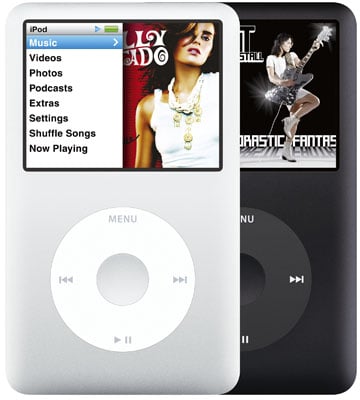
At this very moment I am looking at an empty bottle of a beer known as Ruination IPA. Its label is a winged demon kneeling on some sort of pedestal. The back of the bottle boasts in flame-seared language of the destruction that will befall my taste buds and annihilate my ability to enjoy a lesser brew. This beer implies that it is evil. Ruination IPA is by no means alone in associating itself with mischief and malevolence. The Spirit Shoppe once sold a brand of wine calling itself “666”. There is also a “Devil’s Pale Ale 666”, and a “Lucifer” pinot noir. Evil, it seems, is in style in the alcohol business.
The use of characters and symbols associated with evil as marketing tools is by no means limited to alcohol. Witness the number of pastries and other indulgent foods that brand themselves as “Devil’s Delight” and other such things. There is a “Little Devil” brand of clothing marketed towards the BMX scene. In department stores there is a perfume, whose name I do not recall, that comes in a curvy red bottle with little glass horns. The imagery of sin often used in the sex product industry needs little description.
What are these labels trying to suggest to us? Certainly not that we take up a lifestyle of satanic rituals, or start committing acts of unspeakable evil. Marketing evil is all about two things, temptation and disobedience. The aspect of temptation is the more visible in the glossy world of advertising. For centuries, religious dogma dictated that overindulgence, gluttony, sensuality, and material pleasures were sins that destined you to the fires of hell. One of the best-known Christian prayers implores that God “lead us not to temptation.” While the influence of the Church has waned, and especially in the United States there is a lack of centralized dogma, much of the Puritan ethic remains embedded in society. The moral values once expounded by the Church, and now a more diffuse, socialized memory of these morals, speak against hedonistic acts of consumption. The more brazenly a product shows that it is purely for inciting the sensation of pleasure, the more these old values condemn it. What the marketing of sin suggests is that we should abandon ourselves to these pleasures and forget the traditional inhibitions that keep us from consuming. Of course, the marketers never sell true evil. Most people have moral codes and believe at least in some sense of upholding the good. Where’s the money in opposing this? Selling temptation is selling little transgressions, minor acts of sensual pleasure. We are asked to cheat against the remnants of the old moral code, not to destroy it.
Then there is the type of “evil”-marketing I have called ‘disobedience’, although this is not a great term. This is the marketing that gets in your face with the old symbols of evil, devils and demons and hellfire. Hardcore religionists would point and say that we consuming these goods are unwittingly in the thrall of Satan. But this marketing is not suggestive of who we serve, it is who we become. Consuming a product marketing with evil is a statement about ourselves. It says that we reject the reverence of a fixed morality, that we make our own choices and heed no dogma. It says that we are deliberately transgressive; we hint that we are dangerous. The brand of evil is consumed with irony. We know we don’t aim to be evil, but we smile knowingly at what we believe we subvert, the order that we offend. But perhaps the ultimate irony is that we do heed a dogma, that we may have replaced the voice of a God with the voice of society telling us to consume.
What is the Lucifer of the consumerist creed? Perhaps one day the great sacrilege will be burning piles of money. Perhaps that day is here already.







.jpg)

